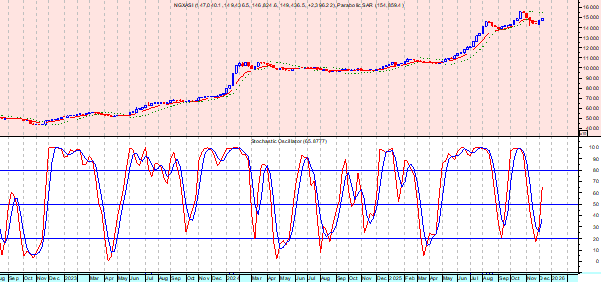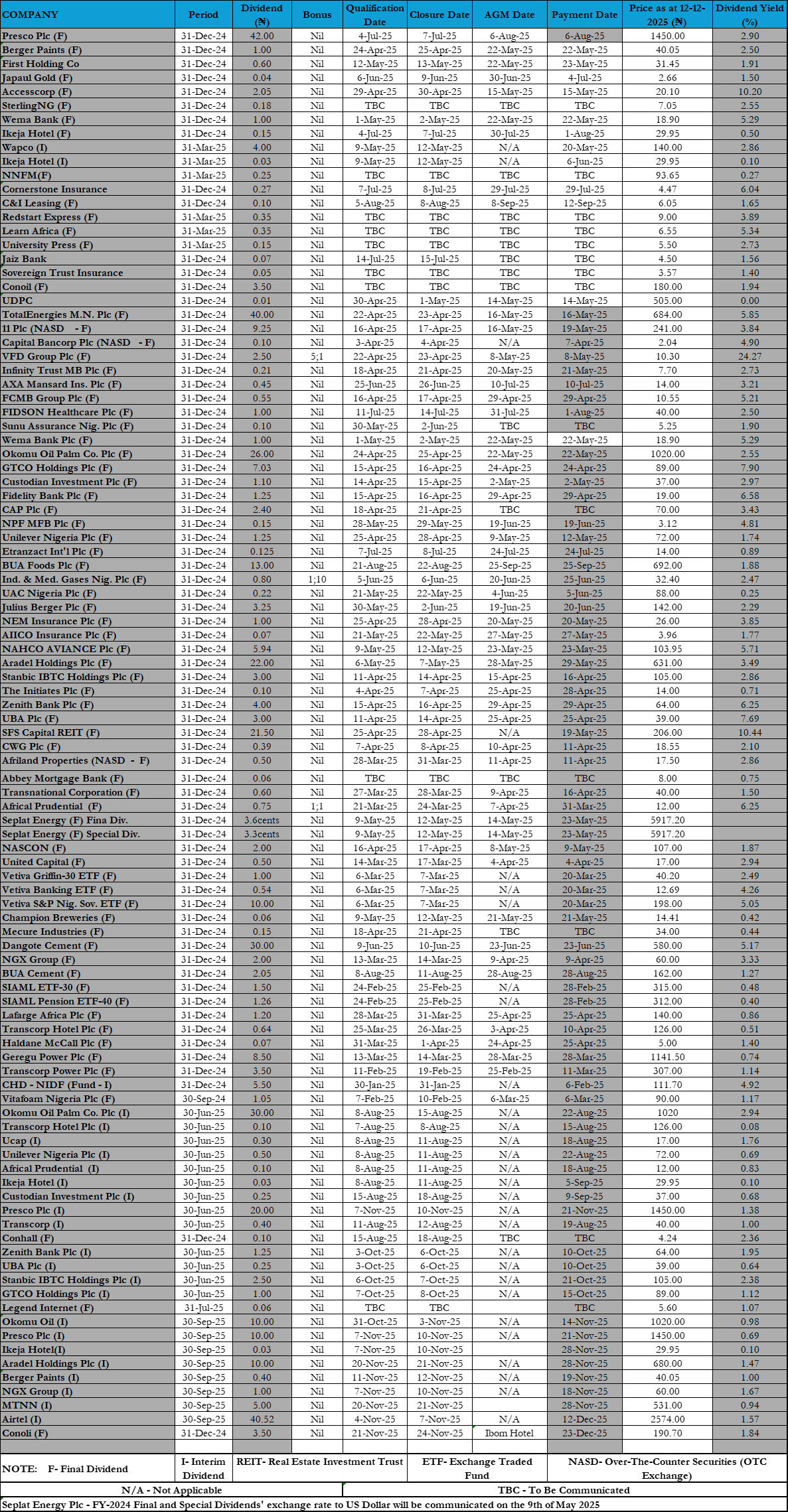
Linh Tran
The S&P 500 is entering a sensitive yet opportunity-rich phase as monetary policy and the corporate earnings trajectory are gradually aligning in a more favorable direction compared to the first half of the year. The Fed’s decision to cut interest rates by 25 basis points at its September 18 meeting marked an important turning point: the tightening cycle has shown signs of shifting toward cautious easing. However, Chair Powell’s “data-dependent” message discouraged markets from betting on an aggressive cutting path. Still, the fact that the peak interest rate level has likely passed is sufficient to lower funding costs, ease financial conditions, and provide support to risk assets, including the S&P 500.
Recent data show both services and manufacturing PMIs cooling, coming in at 53.9 and 52.0 respectively, compared to 54.5 and 53 in the previous month. These figures alone are not enough to draw a definitive conclusion about the broader economy, and markets are still awaiting a string of key reports this week, including GDP, housing data, and especially the PCE Price Index—the Fed’s preferred measure of inflation.
So far, the evidence suggests that while the economy is weakening, it is not deteriorating to the point of recession, which creates room for the Fed to adjust policy more flexibly. For equities, this is a relatively supportive environment: growth is slowing just enough to allow rates to decline, but not so much that it severely compresses revenues and profit margins.
The next key factor is earnings. The divergence in growth and margins between mega-cap names and the rest of the market has left the index heavily reliant on a handful of stocks. However, over the past year, market leadership has become more balanced across sectors, opening the door for a more sustainable rally in the S&P 500. Looking ahead to the next quarter, the focus will be on EPS as funding costs gradually ease. A positive sign is that margins still have room to expand in software and services, digital media, and platform retail, where moderate revenue growth combines with cost optimization and productivity gains fueled by AI. In cyclical sectors such as industrials and traditional retail, performance is expected to be more mixed, with companies holding stronger balance sheets likely to outperform more capital-intensive models.
Currently, overall market valuations are above historical averages, but the structure is uneven. For institutional investors, this creates opportunities to rebalance portfolios by selectively adding exposure to industrials and segments of retail/consumer stocks with more reasonable valuations. Fund flows are another supportive catalyst. With real yields edging lower, the U.S. dollar lacking upward momentum, and steady inflows into ETFs as risk appetite improves, liquidity conditions continue to favor the S&P 500.
Nevertheless, a cautious assessment requires acknowledging risks. If inflation remains persistent and the labor market overheats, forcing the Fed back into a hawkish stance, real yields and the dollar could climb again. Meanwhile, slower-than-expected growth—whether from weakening consumption or stalled business investment—could lead to downward earnings revisions. Finally, geopolitical risks, including Middle East tensions, NATO–Russia frictions, or negative trade policy shocks, could push up risk premiums and shift market sentiment back into defensive mode. These factors may trigger healthy corrections in the S&P 500, especially after the extended rally since April.
In the near term, if GDP, labor, and housing data remain stable—or at least positive on the margin—the S&P 500 is likely to continue on a growth trajectory punctuated by healthy pullbacks. A more optimistic scenario could unfold if inflation data cool faster than expected. Conversely, if inflation proves sticky, the Fed may lean more hawkish, bringing about an inevitable correction in equities.
Over the medium term, as financial conditions continue to ease, the S&P 500’s upward trend is likely to extend, with volatility stemming primarily from data surprises and geopolitical events. Still, the current market structure—anchored by cautious Fed easing, resilient EPS growth, and institutional fund flows—supports the view of a more durable uptrend rather than the onset of a prolonged downturn.
Tran is Market Analyst at XS.com










